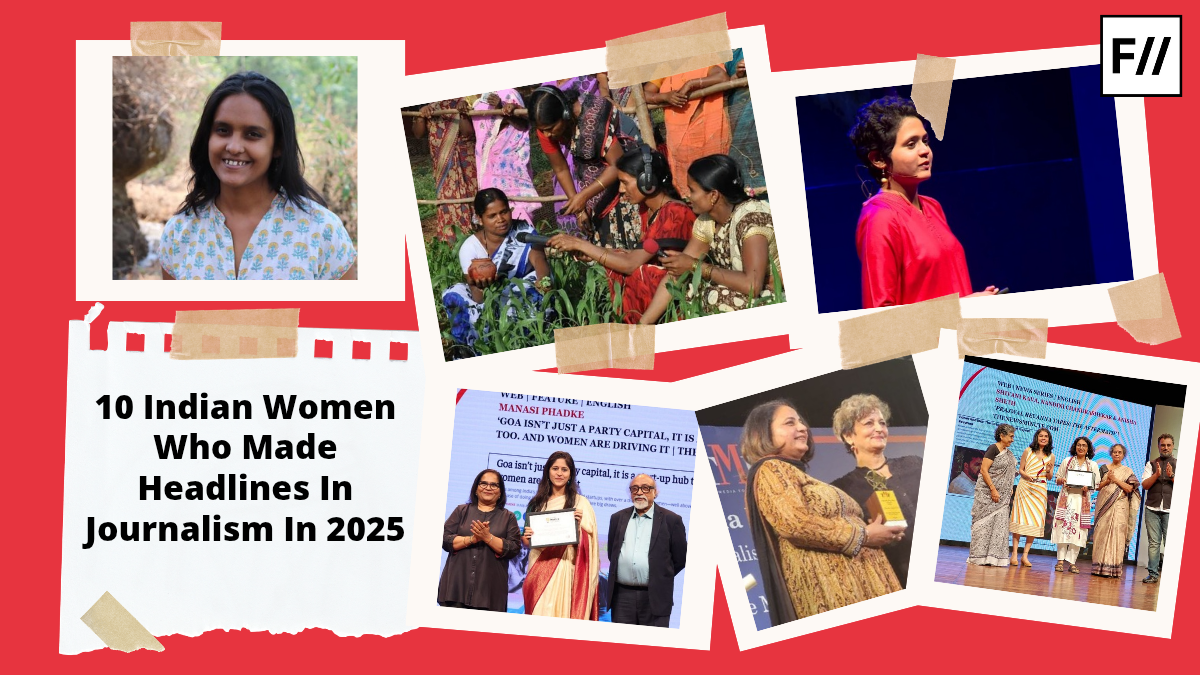On August 13th, The Karnataka Co-operative Societies (Amendment) Bill, 2025 was issued in the state assembly of Karnataka, where it introduces caste and gender-based reservation for both elected and nominated roles in cooperative societies. The Law and Parliamentary Affairs Minister, H.K. Patil, stated that the bill ‘seeks to revolutionise the co-operative sector, as it provides social justice by ensuring representation for underprivileged classes‘, calling it the ‘need of the hour‘.
It proposes a model akin to that of Panchayati Raj for co-operative societies, wherein the posts of chairman and vice-chairman are to be reserved on a rotation basis for Scheduled Castes (SCs), Scheduled Tribes (STs), Other Backward Castes (OBCs) and women members. Reservation is also extended to members nominated to the board, with specifically preserved for SC, ST and general categories, one of which is necessarily reserved for women.
Karnataka has one of the largest networks of co-operatives in India, spanning across farming, credit, housing and daily essentials and historically, co-operative societies have always been dominated by upper castes men. Such a system brings in discourse about who has power, who gains control, and who gets to make decisions?
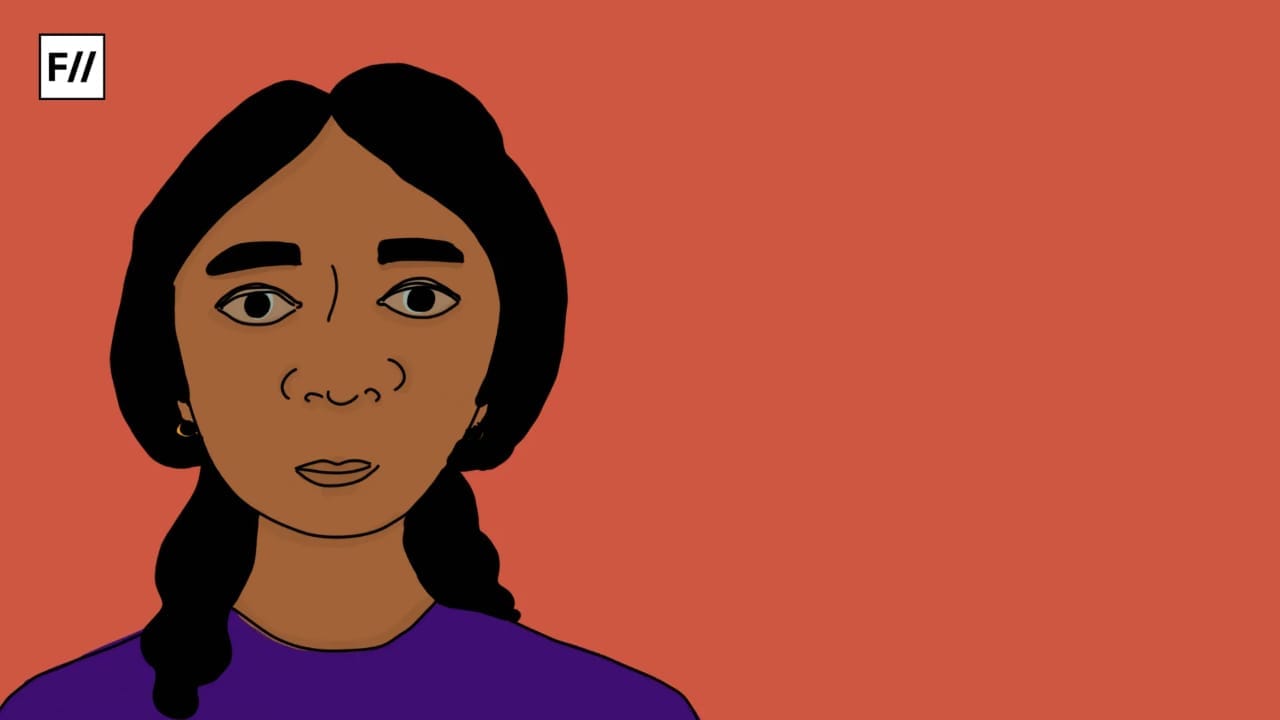
Of course if reservations are brought in, it essentially means it lacked the representation it was aiming to have. Historically, marginalised communities in in Karnataka have had little to no space under the leadership of upper-caste men. Decisions on farming, credit or resource were taken without the voices of Dalits, Adivasis and more importantly, women who were at the bottom end of this entire ‘hierarchy’, marginalised by caste but also by gender, and therefore carrying the heaviest burden of exclusion.
On papers, such initiatives look progressive. But, we must look at deeper nuances of what does our history tell us about reservations, the patterns which India has seen with representations, and whether these have led to genuine change and shift in power or is it merely symbolic presence.
Social justice and the challenges of representation
The Indian social system has been moulded to its root by centuries of caste based social order i.e., hierarchy, and divisions based on affluence were further exacerbated over the period of British colonisation. At the very bottom of this order were Dalits, Adivasis, and other oppressed communities who were denied access to land, education, and opportunities. Post-independence, the need for social justice and inclusion became central to political debates.
Post-independence, the need for social justice and inclusion became central to political debates.
This was the time when reservations were introduced to India as a way to address these deeply entrenched caste-based inequalities in 1951. For women, such needs were felt much later to the policymakers in the 1990s, where reservations were brought in Panchayati Raj institutions.
In present-day, India has lakhs of women sarpanch, Dalit and Adivasi representatives and leaders who would otherwise have never entered politics. Yet, what on paper does not always reflect, are lived realities, which are far more complex. History shows us that reservations alone do not erase such deeply entrenched and internalised power relations.
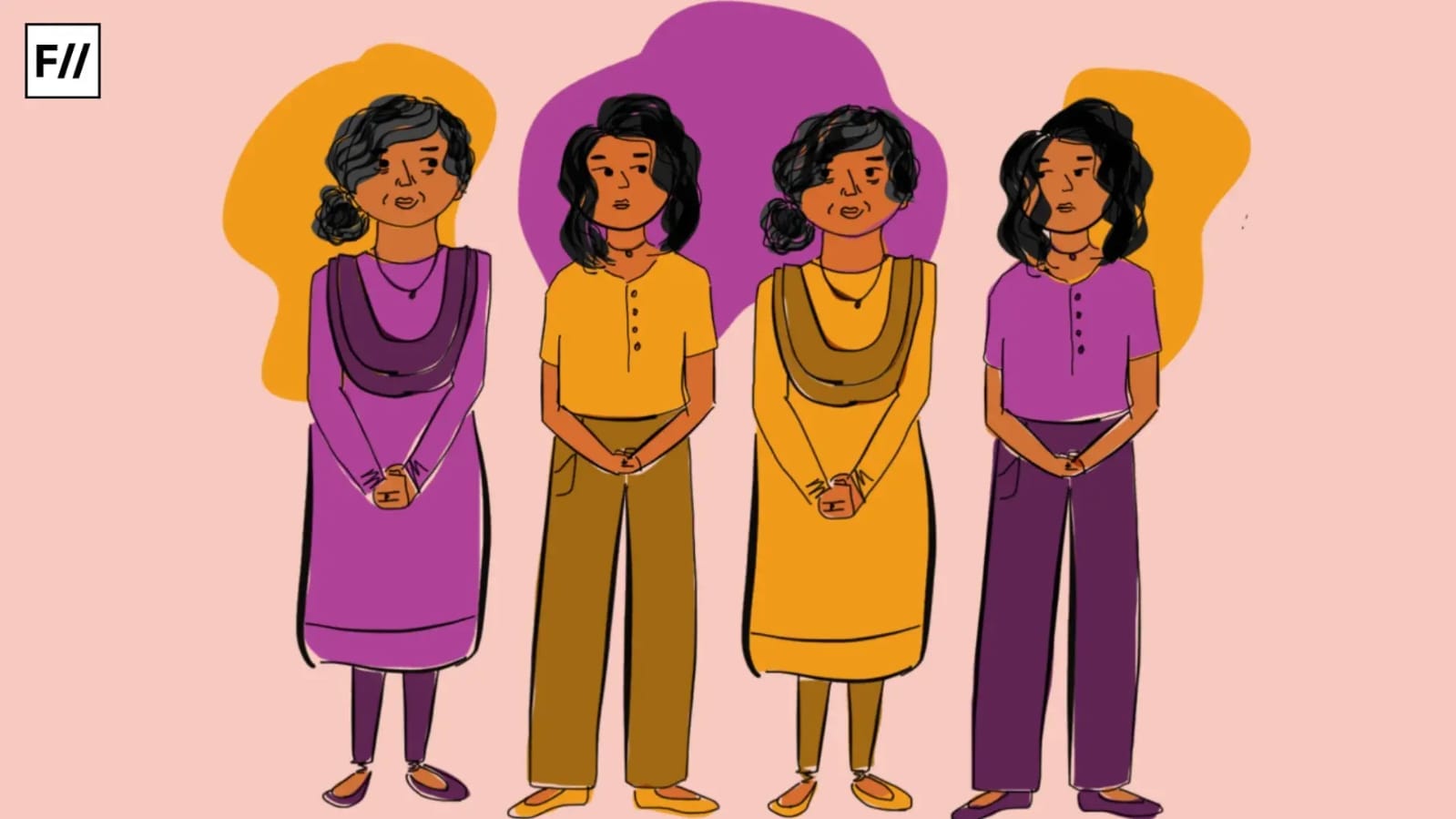
Women who are in power continue to face a situation where ultimately, a male relative wields ‘real’ power, and is merely treating her as a figurehead. Similarly, Dalit and Adivasi leaders often encounter violent backlash when they assert autonomy, or they’re also treated as a figurehead. This hopeful ray of reservation doesn’t always shine where it’s meant to.
Tokenism and why It matters
In Karnataka, where co-operative societies are meant to be democratic, the voices of the marginalised groups often go unheard. Even when present, their participation has been ‘tokenistic’, marked by very limited agency.
This ‘tokenism’ occurs when representation exists only on numbers. It means giving symbolic form of inclusion is given to those marginalised without actually transferring ‘real’ power, resource or influence. Their presence is merely used to show diversity while decision making power still rests at the hands of the dominant group – upper caste men in this case.
Structural barriers to rise in power and agency such as limited or no access to education, financial constraints and technical know-how often prevent the marginalised groups from exercising any kind of autonomy. This gives space to tokenism and proxy leadership.
Structural barriers to rise in power and agency such as limited or no access to education, financial constraints and technical know-how often prevent the marginalised groups from exercising any kind of autonomy.
Such a pattern repeats in history again and again. And it could emerge in the co-operative sector as well, where people who are the beneficiaries of the recent Karnataka reservation bill are reduced to symbolic figure while the upper castes continue to wield actual power.
Intersection of gender, caste, and power
The concern and risks of tokenism is heightened when we look at Dalit and Adivasi women of Karnataka. Upper caste men and women boast better access to education, literacy and finance, and for women of marginalised communities, it means higher barriers.
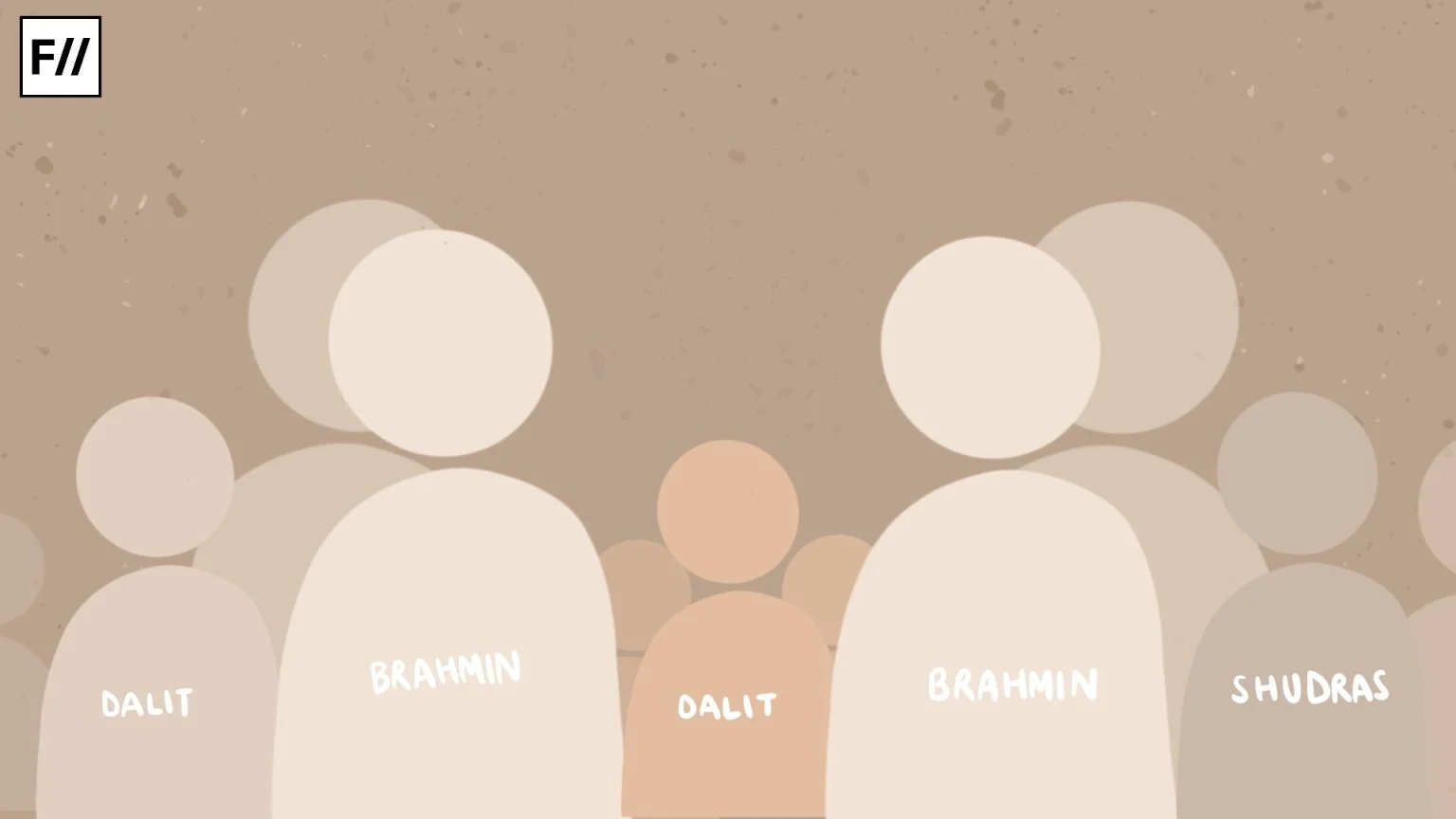
These barriers come not only from gender but also from caste, class, and the strong hold of patriarchy. Any study of women’s political reservation and participation would require these factors to be taken into account. Women’s representation therefore takes the specialised identity of not an issue that exists in its own dimension, but one that is intertwined with factors that caste-based reservation seek to address.
To suddenly be pushed into leadership roles without addressing the systematic oppressions they’ve faced is more of a trap than goodwill. Dr. B.R. Ambedkar who was educated and experienced, and who shaped our very constitution, and lived almost a century ago still faces criticism because of his identity. Then we must ask: where does this leave the marginalised leaders, especially women? Will they eventually rise or be torn violently with criticism to pave the way for the upper castes to ‘reclaim’ their leadership role?
Will they eventually rise or be torn violently with criticism to pave the way for the upper castes to ‘reclaim’ their leadership role?
Merely placing the marginalised community in position through quotas often risks their role to symbolic representation, especially when deeper structures of power remain unchanged. While it is indeed a step for increasing visibility, reservations are not to be mistaken for genuine empowerment or a poverty-alleviation programme. Without the power to influence decision making, for which women leaders of marginalised communities are especially at risk, they may just be controlled by the upper castes, reinforcing the very hierarchies the bill aims to dismantle.
Beyond caste and gender reservations
Of course, it is not to say that reservation has always failed the marginalised community.
Women elected to panchayats under the 73rd Constitutional Amendment have gone beyond being “proxies” for male relatives in many states. In Rajasthan and Bihar, Dalit and Adivasi women leaders, once provided with training in governance and financial management, have taken active control of decision-making.
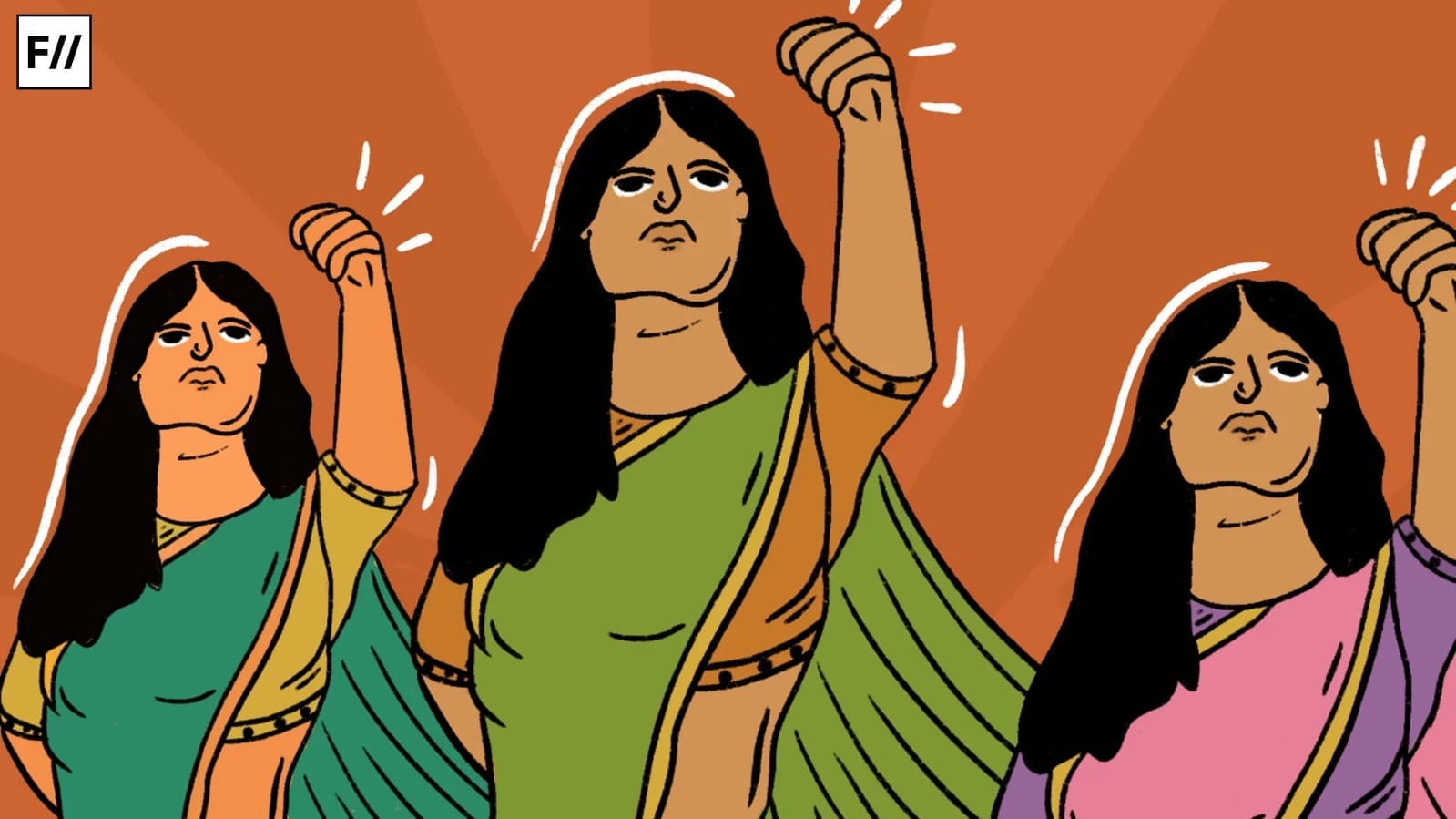
Somi Devi, an Adivasi woman from the Garasiya tribe, won a panchayat election in 2015 with the introduction of reservations. Despite strong resistance from the dominant upper caste community and opposition within her own household, she eventually became a respected leader in her village.
But it is also essential to note that such stories are not an automatic outcome of reservation policies. The experiences of leaders like Somi Devi show that the barriers of caste, patriarchy, and poverty remain deeply entrenched, and simply providing a reserved seat does not guarantee empowerment.
Without capacity-building from the state, or at least some amount of addressal, it becomes difficult to navigate social resistance. Reservations like these need to come with policies which actually address structural inequalities first.
The reservation bill has surely opened up spaces for marginalised voices but the question of whether this translates to actual decision making power remains contested.
The reservation bill has surely opened up spaces for marginalised voices but the question of whether this translates to actual decision making power remains contested. The future of the leaders who would emerge from marginalised communities in Karnataka through this bill, depends less on quotas alone and more on whether the state and its institutions dismantle the very root cause of caste and gender based disparity.
If the state does address this, reservation could bring actual empowerment. Otherwise, these leaders will be seen but not heard.
About the author(s)
Mema is currently a Master's student at South Asian University (SAU). Hailing from Manipur, her lived experiences there have shaped a deep commitment to the feminist cause. She cares deeply about women and their future, which she tries to convey with her writing. She finds joy in reading, writing and cooking.




